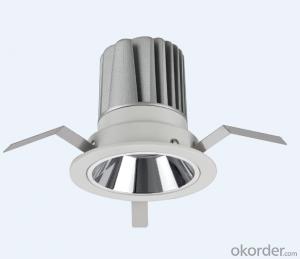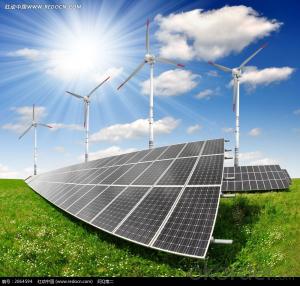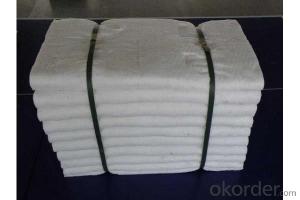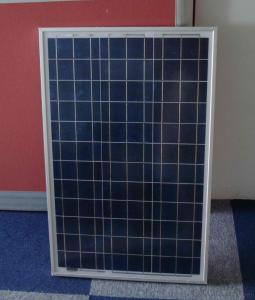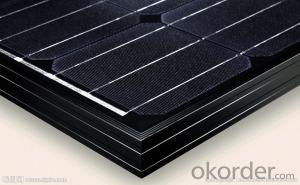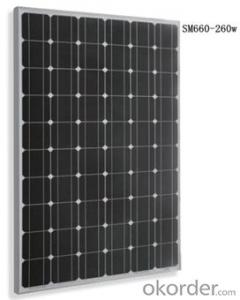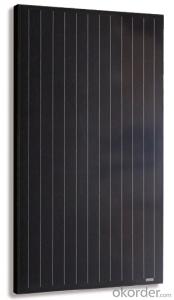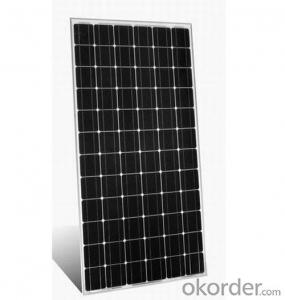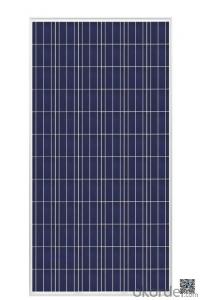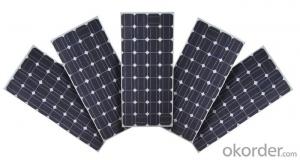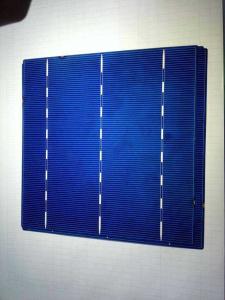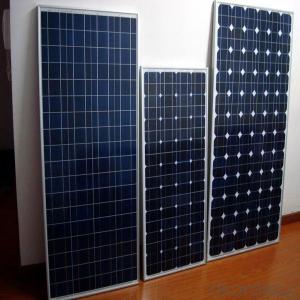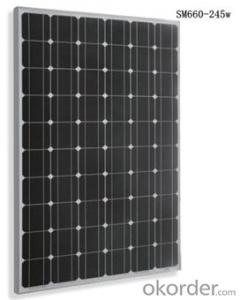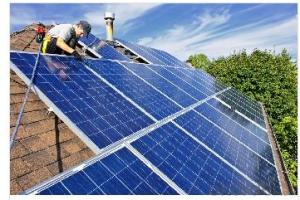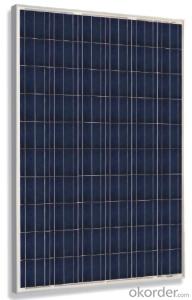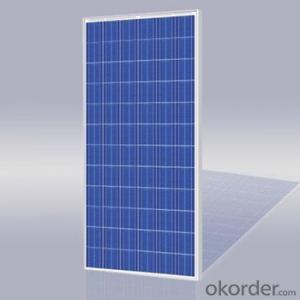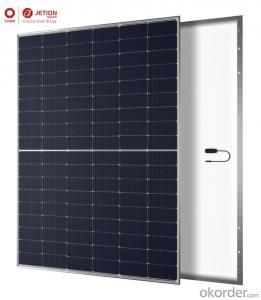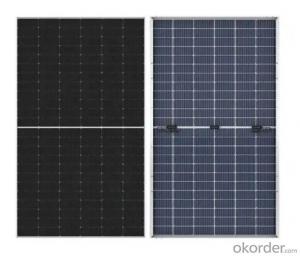Solar Module Definition
Solar Module Definition Related Searches
Bottom Solar Led Module Solar Light Module Solar Module Construction First Solar Series 6 Module Solar System Module Solar Power Management Module Solar Power Module Black Solar Module Bosch Solar Module C-Si M 60 Solar Battery Charger ModuleHot Searches
China Ac Module Solar Panel China Solar Ac Module China Solar Module Prices China Solar Module Solar Module China Ac Module Solar Panel Price Solar Inverter Panel Price Solar Panel Module Price Solar Module Wholesale Price Solar Module Price Per Watt First Solar Module Price Solar Module Price Increase Solar Module Price Solar Panel Inverter Size Solar Panel Module Size Solar Panel Inverter Suppliers Solar Panel Module Types Solar Inverter Solar Panel Tesla Solar Panel Inverter Solar Hot Water Collectors For SaleSolar Module Definition Supplier & Manufacturer from China
Okorder.com is a professional Solar Module Definition supplier & manufacturer, offers integrated one-stop services including real-time quoting and online cargo tracking. We are funded by CNBM Group, a Fortune 500 enterprise and the largest Solar Module Definition firm in China.Hot Products
FAQ
- I'm building a solar panel for the first time and have the tabbed solar cells. I put together 4 strings of 9 cells. And the cells are each 0.55V, 3.6A.Because I'm going to be using the panel indoors and leaning it up against a window pane, I put them in a 24x36 inch poster-size frame. The frame has a plexiglass cover and a thick cardboard backing. My question to you is this. Will the cardboard backing up against the metal underside (positive side) of the solar cells be ok? I don't know if it may catch fire or if holes may burn through when there's full sun.My guess here is it should be ok. But maybe I'm wrong. If I am wrong, or if something should be put in between, please let me know what I should use.Thanks everyone!
- In commercial panels some sort of polymer is often used for backing. With a 2V panel there are 36 cells, which means they can still output about 4V for charging a 2V battery even when hot. The voltage reduces about 2.2mV per degree C per cell. Commercial panels are meant to work up to about 60 degrees C, which is quite normal in the sun. I have found just lying them on the grass the air circulation is reduced, and they get too hot to charge a 2V battery. This means the backing should have good thermal conductivity while being an electrical insulator, as well as mechanical strength. The cells are often encapsulated in a thermosetting plastic first, then laid face down so a liquid polymer can be poured as backing.. I have removed commercial panels from their frames and re-packaged them to work in a very wet environment. I suppose cardboard would work, but it is unlikely to have good cooling so the expected voltage would be lower. As you intend to only operate indoors I suppose it is unlikely you have full sun most of the time anyway, so there could be less heating and less output current accordingly. I think the cardboard is only useful for a short time, and is not strong enough. Temperature wise it is marginal. The link below uses plywood for the backing. The backing is supposed to provide strength too. A sheet of some sort of plastic or laminate (including melamine laminate as in kitchen bench tops) comes to mind too. The cells are supposed to be bonded to the backing for better thermal conductivity. Use silicon RTV to stick cells to the backing, very thinly.
- Yes, solar panels can be installed on military vehicles or equipment. In fact, many military forces around the world are increasingly adopting solar power as an alternative energy source for their vehicles and equipment. Solar panels can provide a reliable and sustainable source of power, reducing the dependency on traditional fuel sources and improving the operational efficiency of military operations.
- I am learning all about heat radiation in Physics. There is a question I am doing about Solar panels. It asks, why do glass covers improve the efficient of solar panels? I dont really understand. How do they?? thanks :D x
- For a solar thermal panel, the idea is to get the inside as hot as possible. There are three ways to lose heat - conduction, convection, and radiation. By cutting off airflow, the glass cover reduces cooling by convection.
- Yes, solar panels can be installed on bridges or highways. This is known as solar roadways or solar bridges. These panels can generate electricity by harnessing sunlight and can be integrated into the surface of bridges or highways. However, the feasibility and practicality of such installations may vary depending on factors like structural considerations, cost, maintenance, and local regulations.
- Hey i am going to build a scale model house and demonstrate how you would use solar panels to provide energy. I am thinking of buying some kit solar panels and wiring up some lights to show how they power the home. Also i might hook up a battery in the house to show how you can store the energy. I might also have a large battery hooked up outside the house to represent a power plant that could provide emergency power. Any ideas or comments would be great. Thanks
- By gaps you could mean that it is expensive. Also, there is the debate over whether or not giving people incentives like tax breaks is a good idea Also, it takes a while to recoup the initial invesment in an array, although tax incentives would help and lastly, a solar array big enough to power the united states would have to be in an obnoxiously large area, alhough the ideal areas are already uninhabited because they are too hot.
- Do solar panels work with any type of heat or only sunlight? I have a bunch of little ideas floating around in my head and Id like to get them on paper but only if they really would work.Also does a concentrated amount of heat on one solar panel piece (quot;xor so) produce a higher or equal amount of electricity than a less concentration over a larger area?
- Last year here in the UK we had in my area snow most days quite heavy lays of it I noticed after clearing my solar cell panels in daylight conditions without any sun they were producing a fairly good voltage/amp ration, also as daft as it sounds in the middle of a January night with a good moon shin the snow refection produced a good electricity supply!. absolutely true.
- Yes, solar panels can definitely be used in commercial buildings. In fact, many businesses are increasingly installing solar panels on their rooftops or in open spaces to generate clean and renewable energy. This helps reduce their reliance on traditional grid electricity and lowers their operational costs in the long run. Additionally, commercial buildings often have ample roof space, making them ideal for maximizing solar energy generation.



